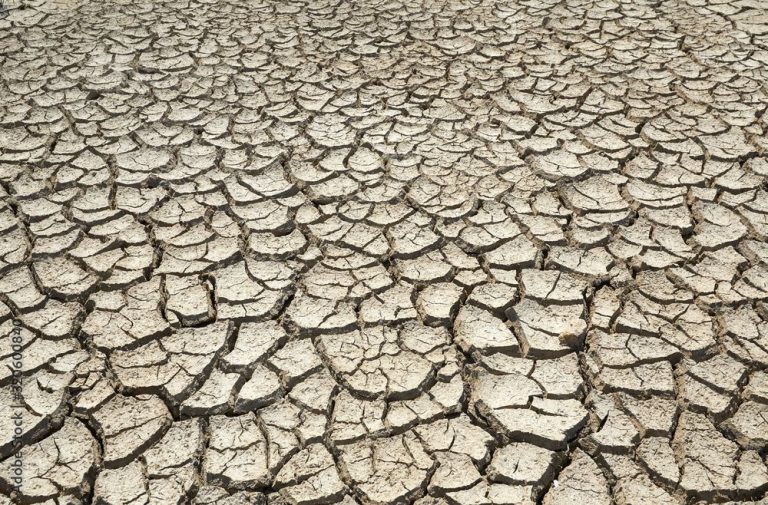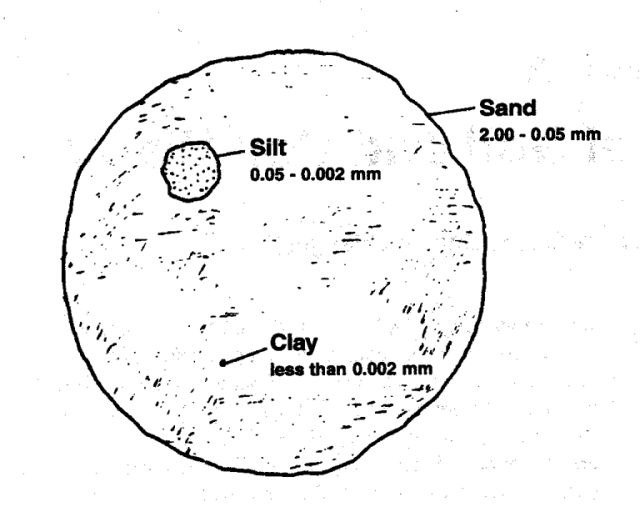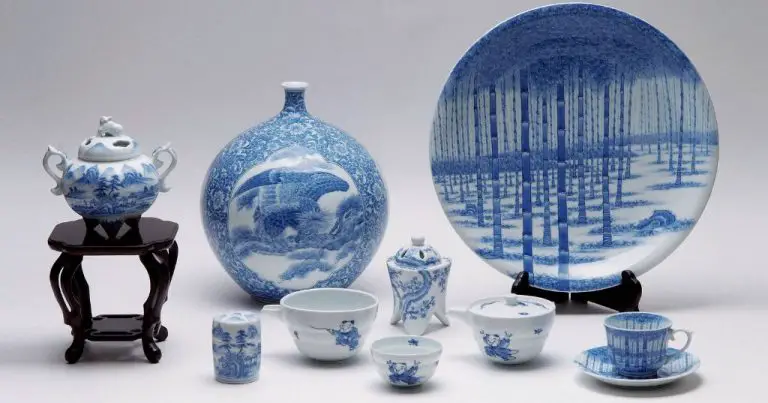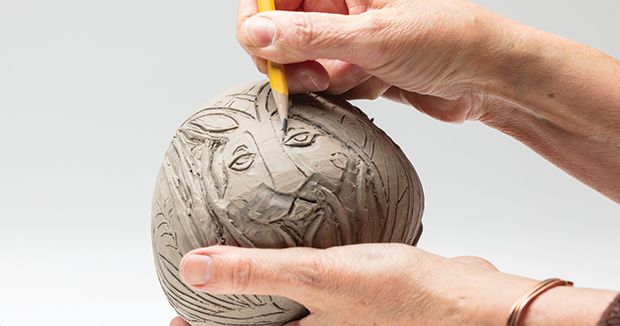What Is The Best Clay To Use Without A Kiln?
Clay is a naturally occurring material consisting of fine-grained minerals, such as kaolinite and illite, that can be modeled or shaped when wet and hardens when dried or fired.
Ceramic clays require high heat from a kiln to fully harden and cure. However, there are several types of clay that can be used to create art, crafts, and decorative objects without needing a kiln. These air-dry clays cure naturally with exposure to air over time.
In this article, we will discuss the best clays that can be used and shaped when wet, then allowed to dry and harden at room temperature without a kiln.
Types of Clay
When working without a kiln, the main types of clay to use are polymer/air-dry clay, cold porcelain, and homemade clay.
Polymer/air-dry clay is the most common type used without a kiln. It cures through evaporation and does not require firing. Popular brands include Sculpey and Fimo. It allows for very detailed sculpting and does not shrink much during drying.
Cold porcelain is made from cornstarch and glue. It has a smooth, porcelain-like finish after drying and is lightweight. Cold porcelain can be tricky to work with as it dries quickly and can crack, but it is translucent and good for delicate work. Homemade recipes are also available.
Homemade clay utilizes ingredients like flour, salt, lemon juice, and oil. Though not as refined as commercial clays, homemade clays allow you to control the exact composition. Air-drying homemade clay often provides a more rough, rustic look.
Polymer/Air-Dry Clay
Polymer clay is one of the most popular choices for modeling without an oven or kiln. It cures by exposure to air, rather than heat. Some of the benefits of polymer clay include:
- Wide range of colors and finishes
- Does not require baking, firing, or special tools
- Lightweight and durable once cured
- Can be sanded, carved, and painted after curing
Some of the best brands for polymer clay sculpting and modeling include Premo, Sculpey III, and Fimo Professional according to experts. Premo is excellent for achieving fine details and takes conditioning well without sticking. Sculpey III has a smooth texture for blending colors. Fimo Professional has vibrant colors good for jewelry making.
To finish cured polymer clay, use acrylic paints and clear sealants like polyurethane. Sanding can be done wet or dry. Avoid using water to smooth uncured clay. Polymer clay can be stored in an airtight container to prevent drying out.
Cold Porcelain
Cold porcelain is a type of air-dry clay made from cornstarch, glue, and other ingredients. It has a porcelain-like texture when dry and is an excellent clay for projects without a kiln.
Some of the main ingredients in cold porcelain clay recipes include:
- Cornstarch
- White school glue or wood glue
- Lemon juice or vinegar
- Glycerin (optional)
The exact measurements vary between recipes. Cold porcelain is loved by crafters for its smooth, workable texture. It air dries to a hard, durable finish that mimics the look and feel of porcelain. It can be painted, stained, or left natural. One downside is that it can be brittle when dry.
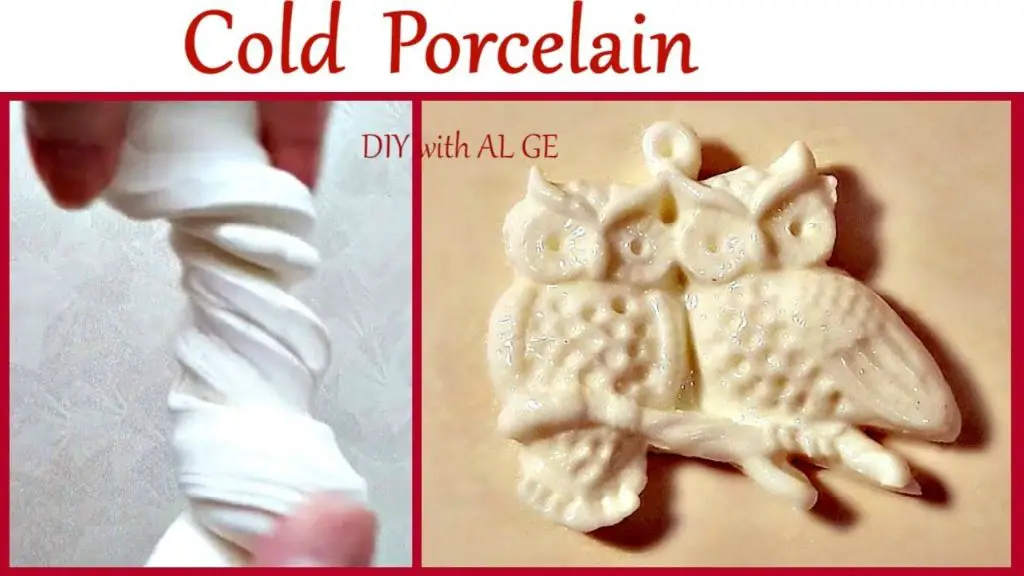
There are many recipe variations for cold porcelain. Some use cornstarch and glue only, while others add lemon juice, vinegar, or glycerin. Glycerin makes the clay more elastic. The clay can also be made without cooking by simply mixing the ingredients.
Homemade Clay
Homemade clay is a popular option for creating pottery and sculptures without a kiln. There are several recipes for making clay at home using common ingredients like flour, glue, salt, and water [1]. Some advantages of homemade clay are that it’s inexpensive, readily available, and fully customizable. However, homemade clay can be messier and more challenging to work with compared to commercial clays.
Salt Clay
Salt clay made from salt, flour, and water is one of the easiest homemade clay recipes. It air dries hard and can be sanded and painted once dry. Salt clay is inexpensive and has a smooth texture when mixed properly. However, pieces made from salt clay are fragile and delicate [2]. This clay is best for making ornaments, jewelry, or small decorative items that don’t need to be functional.
Glue and Flour Clay
Combining white glue and flour makes a pliable, smooth homemade clay. Pieces sculpted from glue and flour take 1-2 days to fully air dry. The clay hardens with a porcelain-like quality perfect for jewelry, figurines, and dishes. A downside is that glue and flour clay can crack more easily than salt clay. Properly storing unused clay in an airtight container helps prevent cracks and drying out.
Paper Clay
For lightweight homemade clay, paper clay made from flour, glue, and shredded paper can be molded into pots, bowls, and sculptures. As it dries, the paper pulp gives structural strength so projects don’t collapse. The paper content causes shrinkage though, so larger pieces may warp or change shape while drying. Sanding and filing can fix these imperfections.
Finishing Techniques
There are several options for finishing unfired clay to give it a complete and polished look without needing to fire it in a kiln. Two popular techniques are burnishing and sealing/varnishing.
Burnishing involves rubbing the surface of the unfired clay piece with a hard, smooth object like a spoon, stone, or specialized burnishing tool. This compresses and smooths the clay, creating a shiny surface. According to The Pottery Wheel, burnishing can be done on both dried and leather-hard clay [1]. It takes patience but results in a beautiful sheen.
Another option is to seal or varnish the unfired clay once it is fully dry. Products like polyurethane, acrylic mediums, and UV-resistant sprays can be used to coat and seal the clay. This helps protect it from moisture and damage. The clay piece can also be painted once sealed using acrylic paints, which will adhere to the sealant. Artbys recommends allowing plenty of drying time between layers when sealing and painting clay projects [2].
Project Ideas
Air-dry clay is a versatile material that can be used to create a wide variety of decorative and functional pieces without needing a kiln for firing. Here are some examples of popular projects using unfired clay:
Jewelry – Clay is an excellent material for making jewelry like pendants, beads, charms and more. The lightweight nature of unfired clay is ideal for jewelry components.
Figurines – From miniature animals and characters to detailed statuettes, air-dry clay allows crafters to sculpt imaginative figurines that don’t require firing.
Decorative bowls, vases and pots – While unfired clay vessels won’t hold water, they make lovely decorative pieces for holding trinkets and displaying around the home.
Magnets – Clay magnets are fun to make in different shapes like animals, food and more. These are great for gifts and embellishing fridges.
Ornaments – Intricately designed Christmas ornaments and hangings are easy to craft from air-dry clays. These make wonderful keepsakes and tree decorations.
With simple modeling and painting, air-dry clays open up many possibilities for crafters to create items ranging from jewelry to home decor without ever needing a kiln.
Storing Clay
Properly storing unused clay is important to prevent it from drying out and becoming unusable. The best way to store air-dry clay is to wrap it tightly in plastic wrap or place it in an airtight plastic bag, squeezing out as much air as possible before sealing. This keeps the moisture locked in. Then store the wrapped clay at room temperature away from direct sunlight or heat sources like appliances or lamps, as too much warmth can cause clay to dry out faster.
According to Susie Benes, you can place the plastic-wrapped clay inside a ziplock bag, remove excess air, and seal it to keep the clay fresh for longer. Keep it in a cool, dark place and avoid hot areas. Gathering Beauty also recommends storing air-drying clay at room temperature away from sunlight or heat.
With proper storage methods, most air-dry clays can last for months. However, if the clay does start to dry, there are techniques to rehydrate it with water so it can be used again. Having an airtight storage method is the best way to avoid drying in the first place.
Safety
When working with unfired clay, there are some safety precautions to keep in mind:
Dust from sanding or carving clay can contain silica, which is hazardous if inhaled over time. Work in a well-ventilated area and wear a dust mask when sanding or carving clay. Clean up clay dust instead of blowing or sweeping it. [1]
Avoid contact between clay and food, drinks or mouths. Unfired clay can contain chemicals that may be unsafe if ingested. Wash hands after working with clay.
Store clay out of reach of children and pets. Some clays may contain toxic ingredients if ingested.
Work on a protected surface. Unfired clay can stain or damage countertops, floors, furniture, clothing, etc.
Let pieces dry thoroughly before handling. Wet clay is fragile and may break if handled too soon.
Fire any pieces that will hold food or drink. Unfired clay is not food-safe.
Conclusion
In summary, there are several types of no-kiln clays that makers and hobbyists can use for arts, crafts, and homemade projects. Polymer/air-dry clays are flexible and don’t require baking. Cold porcelain has a texture similar to porcelain and also air-dries. Homemade clay recipes allow you to create clay using ingredients like corn starch, glue, and lemon juice. These clays offer versatility for sculpting, molding, and creating decorative, functional, or artistic pieces without the need for an oven or kiln.
The main benefits of using clay without a kiln include accessibility, convenience, and adaptability. No-kiln clays cure through air-drying so anyone can use them at home without special equipment. They can be molded into endless shapes and customized with paints, dyes, or other mediums. Pieces dry faster than kiln-fired clays. The finished products are lightweight and make great gifts, display items, jewelry, and more. With an understanding of the different types available, proper storage, and safety precautions, clay artists can expand their creativity using oven-free materials.

